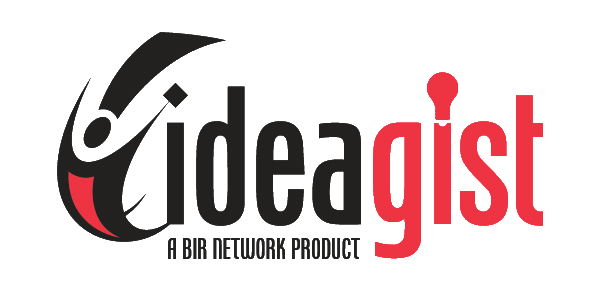When it comes to licensing ideas, things have changed in the past 30 years. I think it's an absolutely fantastic time to be an inventor. The ideas I'm seeing from my students, they blow me away. Rapid prototyping is changing everything. So as the year draws to a close, let us celebrate.
1. When I started out, doing research required me to go down to brick and mortar stores to look at products on their shelves. I sometimes brought my large camera around with me so I could document what I found. It was pretty awkward. Today, I can search for products all over the world from the comfort of my home office. I can flip through image after image of products on Google Images. And if I am in a retailer, I can whip out my iPhone to discreetly snap a pic.
2. I used to ask store managers and employees, “How is that product selling? What are customers saying about it?” When I came up with a new idea, I would ask family and friends what they thought of it. Today, all I need to do to understand what customers think about a product is click open Amazon and start reading reviews. I can test my ideas by creating a landing page and driving people to it. Do they want to purchase? I can decide to run a crowdfunding campaign to test the market. In every way, my community is so much larger.
3. When I wanted to bring my ideas to life, I would ask Russell Hicks, my partner at the time, to illustrate my ideas in pencil. He'd then fax them over to me to evaluate. Sometimes, I built my inventions out of paper and took a photo. We made it work, but today? Computer graphics are incredible. You can hire someone to do yours for you cheaply. And you can even create small 3-D models made out of plastic.
4. Back in the day, down at the mall, I'd flip over the back of products to discern who the manufacturer was. Then I'd cold call them. “Hi, this is Stephen Key. I'm a product developer. I'm trying to reach someone who checks out new ideas.” Open innovation is widely known these days. You can submit an idea to many companies online. You should, and most likely will need to, follow up. But having to make that tricky initial introduction is no longer required. Please, always read the fine print. Know what you're agreeing to. You can also use social media these days to find and introduce yourself to employees who may champion your idea for you.
5. Every aspect of this process moves so much faster. When I used to send my sell sheets, it was by fax or FedEx. Now, when my students are on the phone with a potential licensee, I encourage them to pull up their sell sheet right then and there. Instant feedback is possible!
6. Searching for prior patents has gotten a lot easier. Back in the day, you had to visit a depository library to search for patents. The one I frequented was in Sunnyvale, California. It wasn't convenient, but there were helpful people there. Today there are multiple digital ways of searching for prior art, including Patent Monk.
7. Finding like-minded individuals to share information with was extremely difficult. I wanted to talk to someone about the process of bringing ideas to market. I remember looking for resources in bookstores. Where were my people? There was Inventors Digest, but it had limited distribution. That has changed. There are inventors' groups all across the country providing great information and speakers. You can attend meetings from any state via webinar or live stream.
8. Want to know if a company is inventor-friendly? Google is your friend. Type in “complaints” and “lawsuits” followed by the company's name. What comes up? You no longer need to ask around or roll the dice to find out if a company will treat you fairly.
The good news is there are more and more opportunities for inventors to showcase their inventions everywhere I turn, including television shows, event competitions, contests online, and more. We're living in the Information Age, baby. Get excited, and make the most of it.

